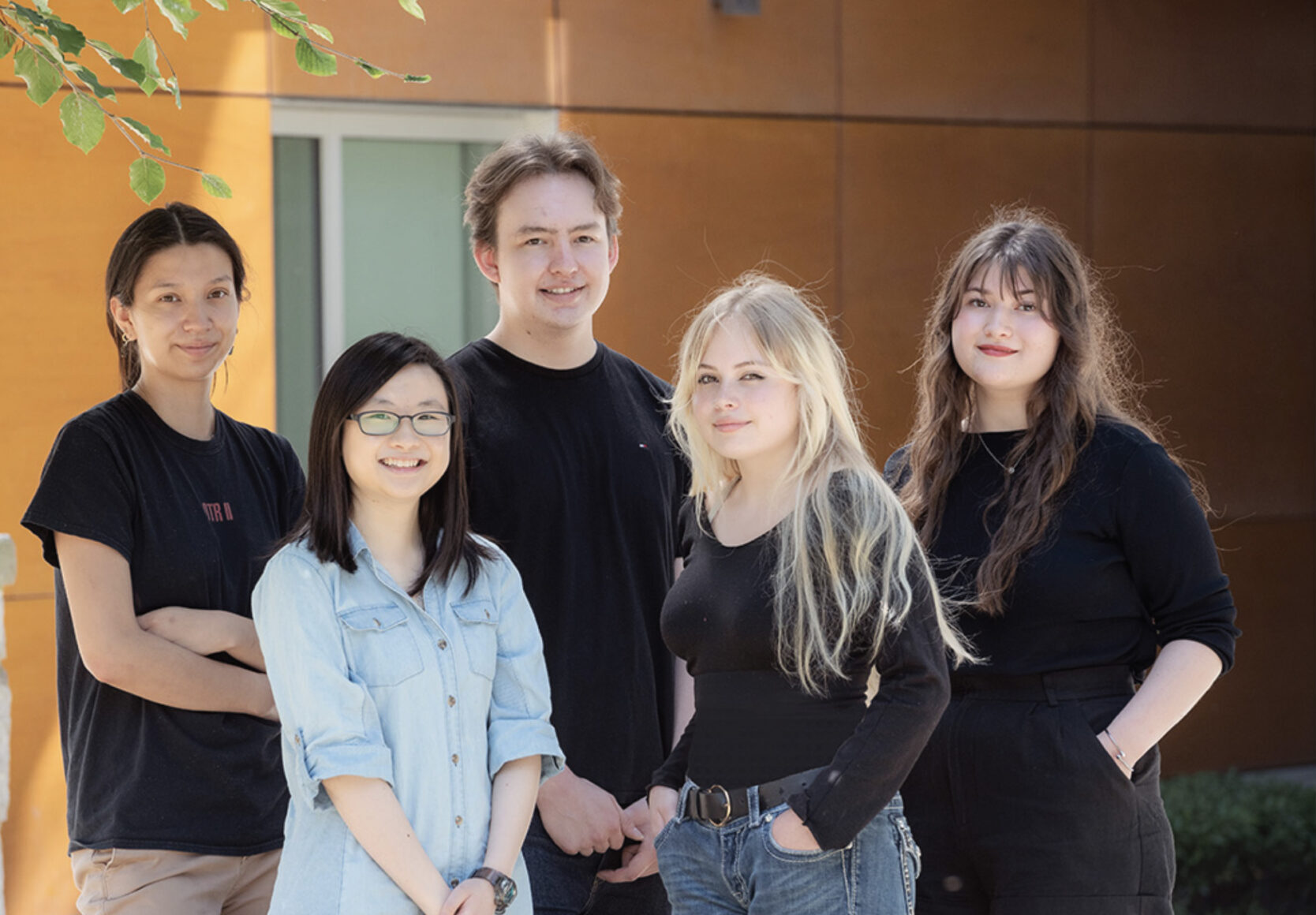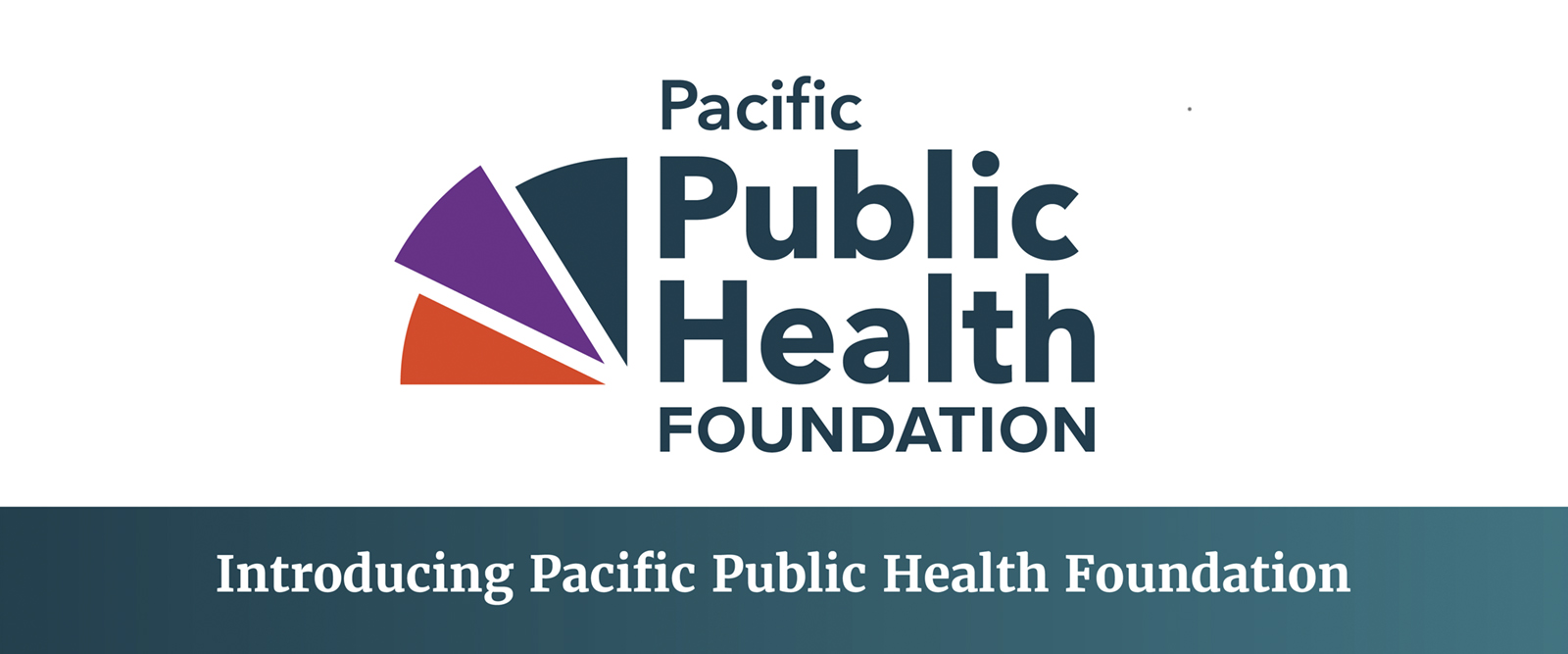A BCCDC Foundation-supported pilot project to explore the impact of specialized rooms on the mircrobiome of bone marrow transplant patients has expanded its budget to over $400,000 with an additional $200,000 in funding from Genome BC.
The research is evaluating if using copper-nickel and titanium dioxide-coated surfaces along with other engineering approaches for bone marrow transplant patient rooms can reduce the bacterial load in their setting. The Bone-Marrow Transplant (BMT) team at Vancouver General Hospital (VGH) along with the VGH Infection Control team has coordinated the room re-engineering, and sampling of patients, healthcare workers and the environment for microbial testing. Analysis is being done on the effect of re-engineered rooms on the patient’s and their environment’s microbiome during the course of their treatment in hospital. Their healthcare workers’ microbiomes are also evaluated during the course of their admission. Preliminary results, from genomics studies at the BC Centre for Disease Control Public Health Laboratory, suggest that the patients are susceptible to pick up microorganisms that are found in their immediate environment. They also found that the engineered rooms had somewhat fewer types of bacteria compared to the non-engineered rooms. This was consistent with culture-based studies done at the VGH Microbiology Laboratory.
The funding from the BCCDC Foundation was able to jump start a multidisciplinary and collaborative research project to help build the case for the larger Genome BC funding.
In today’s world, we are increasingly faced with a growing number of antibiotic resistant superbugs, but using creative engineering approaches to reduce the burden of microbes in the healthcare environment raises the hopes for bone marrow transplant patients who are especially vulnerable to healthcare-acquired infections. Nine rooms have been re-engineered with seven high-touch areas replaced by using materials, such as copper, known to have antimicrobial properties.
At a time when we are running out of antibiotic solutions, it is worthwhile to explore all our alternatives.
This is an 18-month project, called GEnBMT (Genetics and Engineering for Bone Marrow Transplant), Co-led by Dr. Liz Bryce, Regional Medical Director for Infection Control at VGH and Dr Linda Hoang, Program Head for the Bacteriology and Mycology Laboratory at the BCCDC Public Health Laboratory. The project has received funding support from the BCCDC Foundation, VGH & UBC Hospital Foundation and Genome BC. Dr. Hoang explains, “We hope by using a combination of creative engineering methods, including copper-based coatings of surfaces, that the hospital microbial load will be reduced. This will reduce the exposure of vulnerable patients to potentially harmful hospital bacteria. At a time when we are running out of antibiotic solutions, it is worthwhile to explore all our alternatives. The funding from the BCCDC Foundation was able to jump start a multidisciplinary and collaborative research project to help build the case for the larger Genome BC funding.”
The Foundation grant for this project was one of our Open Awards Program “Blue Sky” recipients in the spring of 2015.


